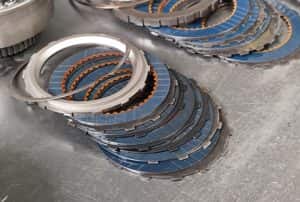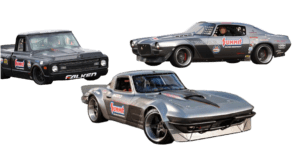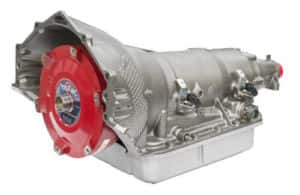Your vehicle’s transmission is vital for converting power from the engine into motion, allowing your car to move smoothly. Whether you’re driving a vehicle with a manual or automatic transmission, having a comprehensive understanding of transmission slipping is essential to ensure your vehicle’s longevity and safety.
In this in-depth guide, we’ll delve into what transmission slipping is, explore its various causes, identify the signs to watch out for and discuss preventive measures to help you avoid this troublesome issue.
Transmission Slipping: An Introduction
To begin, let’s demystify the concept of transmission slipping. This phenomenon occurs when your vehicle shifts gears without aligning with its current speed. Not only can this be disconcerting, but it can also signify a need for immediate maintenance. Ignoring the early signs of transmission slipping may lead to extensive and costly repairs, making it crucial to address the issue promptly.
Transmission slipping is a perplexing issue that demands clarification to appreciate its significance fully. Essentially, this phenomenon transpires when your vehicle’s transmission system shifts gears that don’t synchronize with its present speed. In simpler terms, it feels like your car is momentarily disconnected from the engine’s power, causing an unsettling experience for drivers.
Potential Threats Of Transmission Slipping
What makes transmission slipping particularly concerning is not merely the discomfort it imparts to your driving experience but the potential for severe consequences that it carries. Transmission slipping can evolve from a minor inconvenience to a significant automotive nightmare, necessitating extensive and costly repairs when left unattended.
The urgency of addressing transmission slipping must be balanced. Ignoring the initial signs and symptoms may lead to further deterioration of the transmission system, potentially causing irreparable damage. Such negligence can translate into substantial repair bills, disrupted daily routines, and, most importantly, compromised safety on the road.
Transmission slipping serves as an early warning system for your vehicle, alerting you to underlying issues within the transmission. By promptly acknowledging and addressing these signs, you preserve your vehicle’s longevity and performance and ensure your safety and the safety of others on the road.
Thus, it is imperative to demystify this concept and take action at the first hint of transmission slipping, preventing a minor concern from escalating into a significant automotive headache.
What Leads to Transmission Slipping?
Understanding the causes behind transmission slipping is the first step in tackling this issue effectively. Several factors can contribute to this problem:
- Solenoid Problems
Solenoids control the flow of transmission fluid, and any issues with them can lead to irregular gear shifting.
- Worn Transmission Bands
Transmission bands play a crucial role in controlling gear changes. When these bands become damaged or worn, they can contribute to slipping.
- Burned, Low, or Worn-Out Transmission Fluid
Proper transmission function relies on a clean and adequate supply of transmission fluid. Burnt, low, or worn-out fluid can affect gear shifts and cause slipping.
- Clutch Problems
Clutch issues can lead to slipping. A malfunctioning or damaged clutch assembly can disrupt gear engagement.
- Torque Converter Issues
The torque converter transmits power from the engine to the transmission. Any problems with this component can result in slipping.
Recognizing the Signs of Transmission Slipping
Early detection of transmission slipping is critical to avoid major repairs and maintain vehicle safety. Here are the signs you should be vigilant for:
- Sluggish Acceleration
If your car fails to accelerate as quickly as expected or feels sluggish, it may indicate a slipping transmission. However, it could also signal other transmission or engine related issues, necessitating professional inspection.
- Delayed Movement
Experiencing a delay in movement after shifting from ‘Park’ to ‘Drive’ is another red flag for a slipping transmission. The engine may rev during this delay, but the vehicle remains stationary.
- Transmission Fluid Leaks
The presence of red fluid on your garage floor and any of the symptoms mentioned above may indicate a transmission fluid leak—a common contributor to slipping.
Is it Safe to Drive with a Slipping Transmission?
Driving a vehicle with a slipping transmission poses significant risks that extend beyond the inconvenience of unexpected gear shifts. The safety implications of such a scenario cannot be overstated.
When your transmission is slipping, it can lead to a series of hazardous situations:
- Unpredictable Gear Changes
A slipping transmission can switch gears without warning, these sudden shifts can catch you off guard and lead to losing control over your vehicle.
- Instability and Shaking
As the transmission slips, your car’s performance becomes unpredictable. This instability can result in shaking and a lack of responsiveness, making it challenging to maintain control while driving.
- Risk to Others
Beyond your safety, driving with a slipping transmission endangers other road users. Your vehicle’s erratic behavior can lead to accidents, causing harm to pedestrians, cyclists, or other drivers who share the road with you.
- Potential for Severe Damage
Ignoring a slipping transmission can exacerbate the issue and lead to more extensive and costly damage to your vehicle’s transmission system, making repairs even more critical.
For these reasons, it is crucial to take immediate action when you notice any signs of a slipping transmission. Continuing to drive under such circumstances not only increases the risk of accidents but also escalates the repair costs.
Your safety and the safety of others on the road should always be the top priority, making a timely inspection and repair of a slipping transmission an absolute necessity.
Therefore, it’s imperative to have your vehicle inspected and repaired immediately upon noticing any signs of a slipping transmission.
Preventing Transmission Slipping
Preventing transmission slipping requires addressing potential causes like fluid leaks or worn-out transmission bands. Here are steps to consider:
- Diagnose the Issue
For newer vehicles equipped with onboard diagnostic computers, check for error codes related to transmission problems. This can help pinpoint the issue, especially if it involves solenoid problems.
- Check Transmission Fluid
Ensure the transmission fluid level is correct. Low fluid levels can lead to slipping. Investigate the source of any leaks, which could be loose seals, damaged fluid lines, a leaking transmission pan, or a faulty pan gasket.
- DIY Repairs
If you’re a proficient DIYer, you can tackle some repairs independently, such as replacing seals, lines, or gaskets. However, it’s best to seek professional assistance if you encounter complex issues or discover a cracked torque converter.
Avoid Transmission Leak Sealer
Avoid using any transmission leak sealing solution when refilling transmission fluid. This may stop the leak but will cause further damage to the transmission from swelling internal seals.
Conclusion
In conclusion, understanding and addressing transmission slipping is crucial for the safety and longevity of your vehicle. While it may be tempting to attempt DIY repairs, especially for those with mechanical skills, it’s often best to entrust transmission specialists with diagnosing and repairing slipping transmissions.
Footnotes
These experts possess the necessary tools and experience to identify and resolve the root causes of the problem efficiently, allowing you to get back on the road with confidence in your vehicle’s performance and safety.
Remember, early detection and preventive measures can save you from costly repairs, so stay vigilant for the signs of transmission slipping.
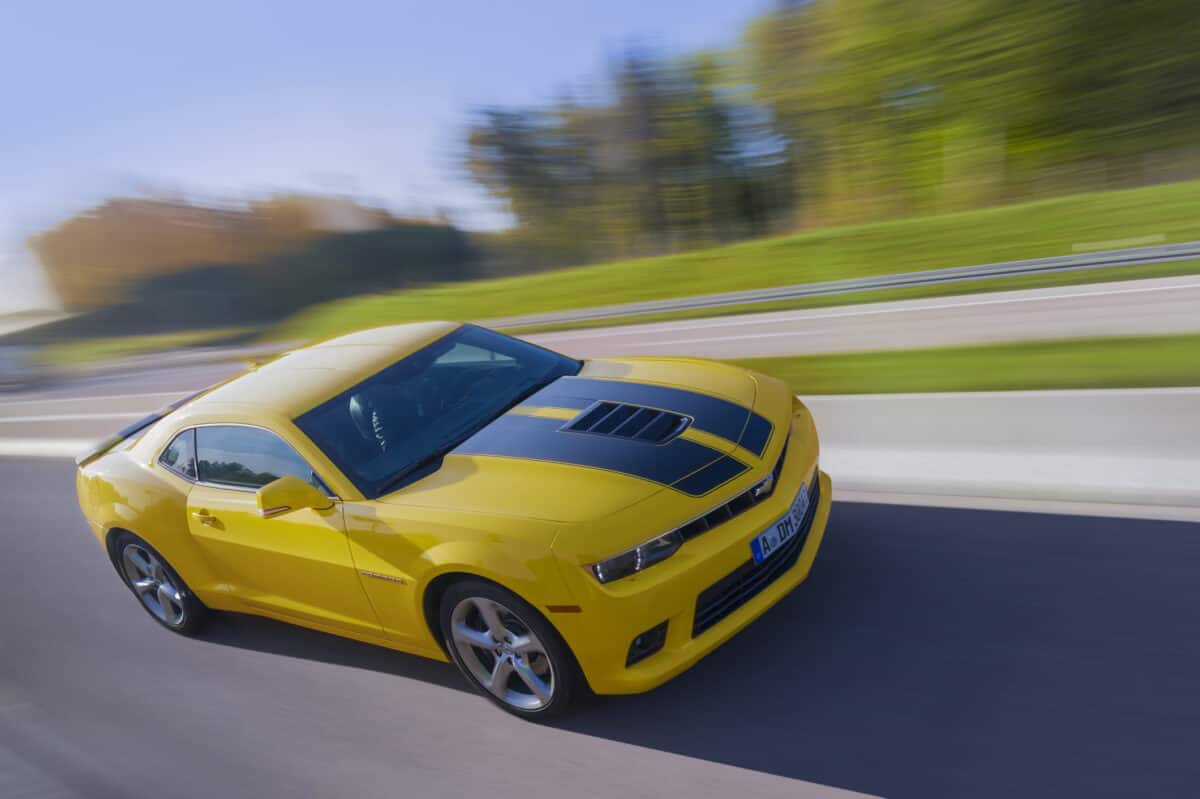
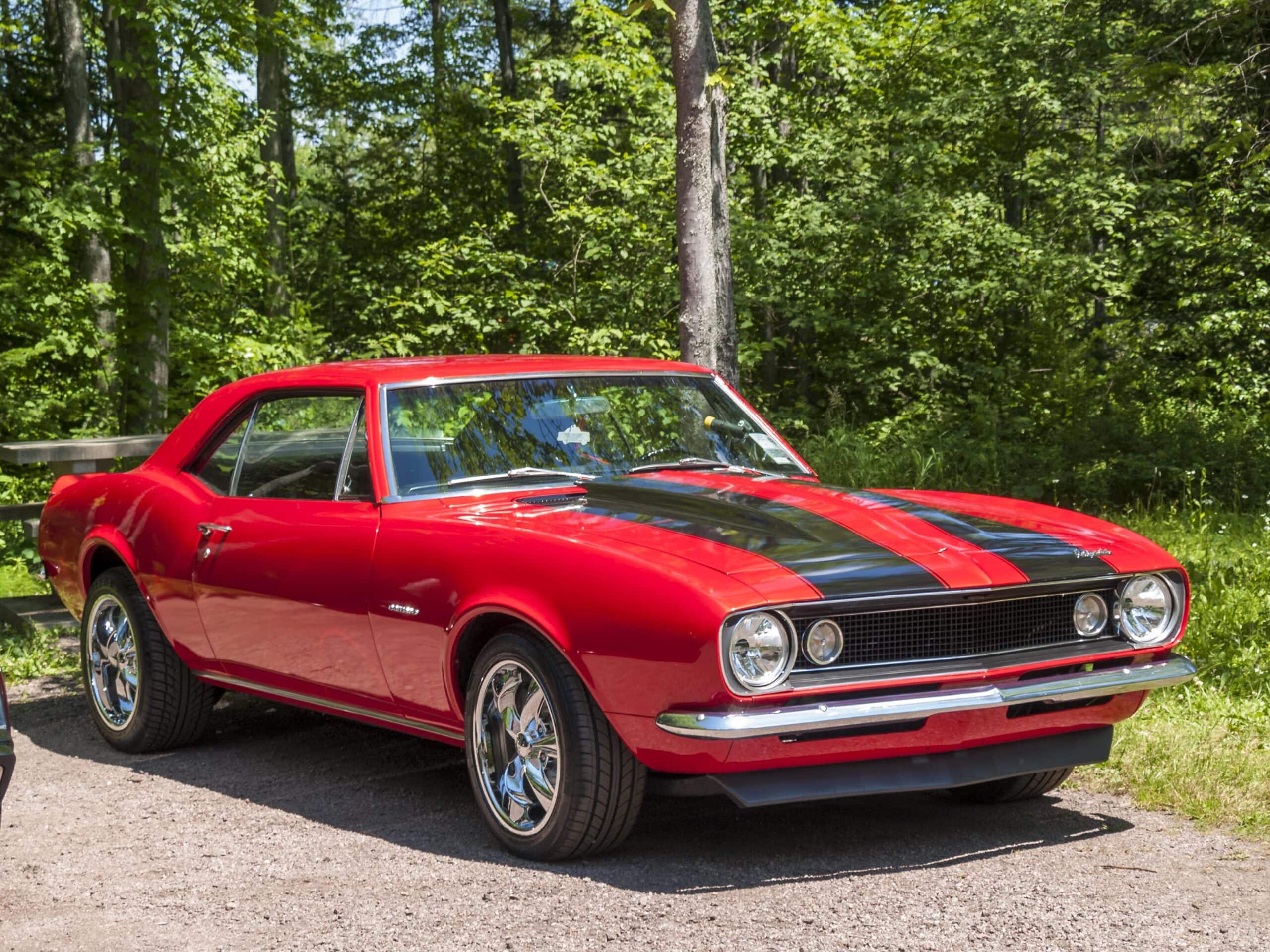
 The River of Life Church, located in Chagrin Falls Ohio, boasts the annual ROL Car Show every summer. The cold weather in North East Ohio makes the summer months truly a treasured time. This especially rings true for car enthusiasts. The weather reports showed rain in the forecast the entire week leading up to the event. Behold, the blessings of warm weather, the sun shining, family, friends, food and most importantly a record number of show quality cars.
The River of Life Church, located in Chagrin Falls Ohio, boasts the annual ROL Car Show every summer. The cold weather in North East Ohio makes the summer months truly a treasured time. This especially rings true for car enthusiasts. The weather reports showed rain in the forecast the entire week leading up to the event. Behold, the blessings of warm weather, the sun shining, family, friends, food and most importantly a record number of show quality cars.